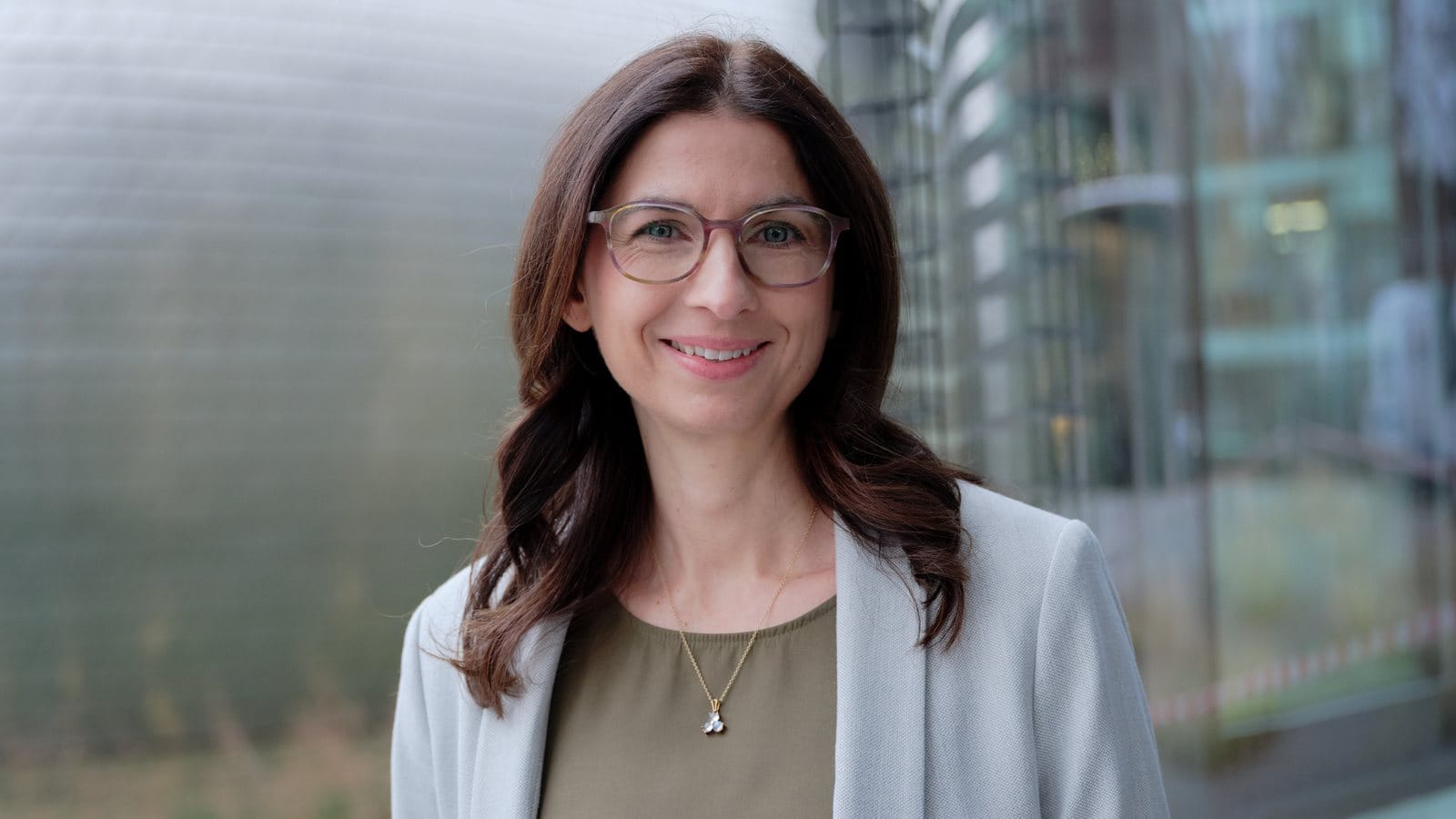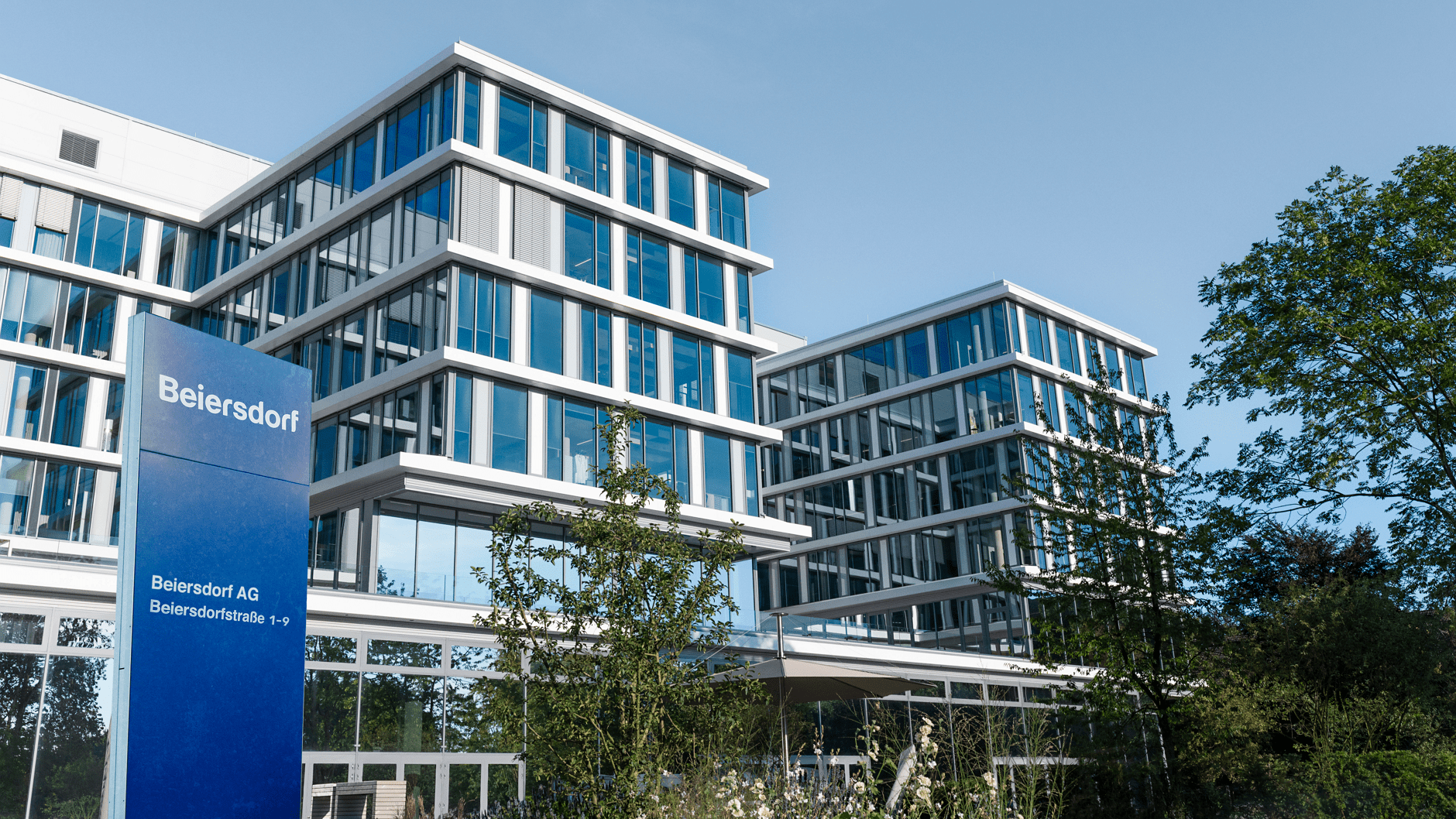The mere sight of sugary foods and beverages sends the reward system in our brains into overdrive and fills us with all sorts of joyful anticipation. As we eat or drink, sensory receptors on our tongues broadcast positive signals to our brains – and our brains “call” back: “Give me more!” Our control centers have not misread the situation. They are simply responding to our addiction to sugars. Whenever we breathe, think or run a marathon, sugar metabolism supplies us with the energy we need. However, we could certainly lead a life without pralines, pizza, pasta, and port wine. Numerous scientific studies conducted years ago found a connection between excessive amounts of sugar consumption and various risk factors and illnesses, including obesity, type 2 diabetes, hypertension, cardiovascular disease, and autoimmune diseases. But one fact has generally slipped below the radar of the general public: Sugar can also have a harmful effect on our skin – and cause wrinkles. After roughly 10 years of research, a team at Beiersdorf has cracked the code of the glycation process in the skin and developed an innovative product that counters sugar-induced skin aging and wrinkle formation. In the following interview, Dr. Julia Weise, laboratory manager for Biological Testing at Beiersdorf, discusses the latest findings about glycation and the active principle used in the NIVEA Q10 Dual Action Serum.
Innovative “skin diet”: serum to fight sugar-induced skin aging

Julia, what is “glycation” exactly?
The skin is our largest organ – it is a real multi-talent. In its role as a stable, but flexible covering, it protects our bodies from environmental influences like heat or cold, UV radiation, pathogens and toxic substances. The supporting connective-tissue proteins collagen and elastin have very long lives and spend decades in our skin. Glycation is a natural, but irreversible chemical reaction. In this process, sugar molecules attach themselves to proteins or lipids. This results in the formation of advanced glycation end products (or AGEs). The longer a protein’s life in the skin is, the more AGEs it can collect. In turn, these AGEs can trigger free radical formation and micro-inflammation. In simple terms: Sugar weakens the collagen and elastin fibers in the skin. In the process, they lose their resilience and elasticity. In addition to UV radiation, this is a key cause of increased wrinkles. Aged skin can not only appear hardened and wrinkled, but also yellowish. This is the result of the yellow-brown color of the AGEs.

Most of the foods we eat today contain various types of sugars. How can we prevent sugar-induced damage to our skin – or even reduce the wrinkles we already have?
The idea that we could completely eliminate sugars from our diets is probably rather unrealistic and for some of us might coincide with having less quality of life. But one thing is clear: The less glucose (dextrose), fructose (fruit sugar), lactose (milk sugar) or the typical “industrial sugar” sucrose that we consume, the bigger the favor we are doing for our skin.
At Beiersdorf, we draw on our many years of experience and apply the latest findings and technologies to continuously decode the complex processes related to the skin. Our more than 1,000 scientists have fueled the development of innovative products and achieved milestones particularly in the area of skin aging. They did some pioneering work to uncover the role of Q10 in skin aging and ultimately made the skin’s own Q10 available as an active ingredient for the first time. This research success by Beiersdorf was the starting signal for a new era of active ingredient cosmetics in the anti-aging segment with the introduction of the first Q10 skin care products on the mass market under the NIVEA brand in 1998. As regards glycation in the skin, we spent about 10 years focusing on this topic and intensely searched for an active ingredient that could fight glycation.

What sort of results did this “detective work” produce?
We tested about 1,700 active ingredients. Many substances absorb the sugar before it can react. They “sacrifice” themselves and are glycated. But this is an effect that you want to avoid. After only two years of research, we found a clear “active ingredient winner” called NAHP, the abbreviation for N-acetyl-L-hydroxyproline. This is a derivative of the amino acid proline that occurs naturally in the body. NAHP ensures that sugar molecules are neutralized before they can bind to proteins. The active ingredient thus prevents glycation from occurring in the first place – and stops AGEs from accumulating. This is why we have given our active ingredient NAHP the second name “Glycostop.” We patented the use of NAHP in cosmetic products and have also published several articles about this substance in various scientific journals.1
Why did it take so many more years to develop the final product after the active ingredient was discovered?
We initially had to explore the mechanism of action of NAHP on skin cells more deeply as well as work on a formulation and continuously optimize it. Our reason for doing so was simple: Not every active ingredient can be easily integrated into creams and remain stable for months at a time. Solubility played a major role. Color and smell were two other important issues. We also had to determine which concentration of the active ingredient would have the best effect. Before we could conduct tests on human skin, we used a skin model in which cells are introduced to a collagen gel – and thus simulated “real” skin.
The new anti-aging product from NIVEA will go on sale in stores in the spring of 2024. Could you briefly describe how the serum works?
The product called NIVEA Q10 Dual Action Serum combines Glycostop™, which is exclusively owned by Beiersdorf, and the dependable anti-wrinkle active ingredient Q10 in an innovative formula. These are two very potent ingredients that jointly do their best for the skin and have a dual effect: They prevent the skin from aging by effectively inhibiting the glycation of connective tissue proteins such as collagen – by up to 68%2. By increasing the Q10 level in the skin, the skin can provide more energy and is better protected from free radicals. The new serum has been clinically proven to work from day 1 and can visibly reduce even the deepest wrinkles within two weeks.
Thank you for this interview.

Take a closer look into our research on glycation in the following video.

2: Tested in-vitro
Related Links
About the editor: Kathrin Erbar

Kathrin takes us on a journey to the fascinating field of research and development at Beiersdorf. Before exploring Beiersdorf’s DNA, she was doing the communication for HR related topics, such as diversity, leadership or New Work. She also used to be responsible for financial communications at Beiersdorf for several years.
